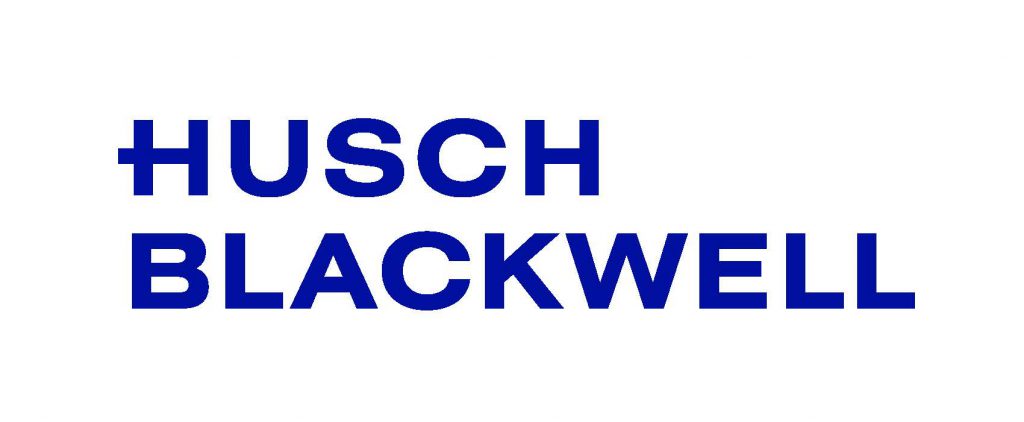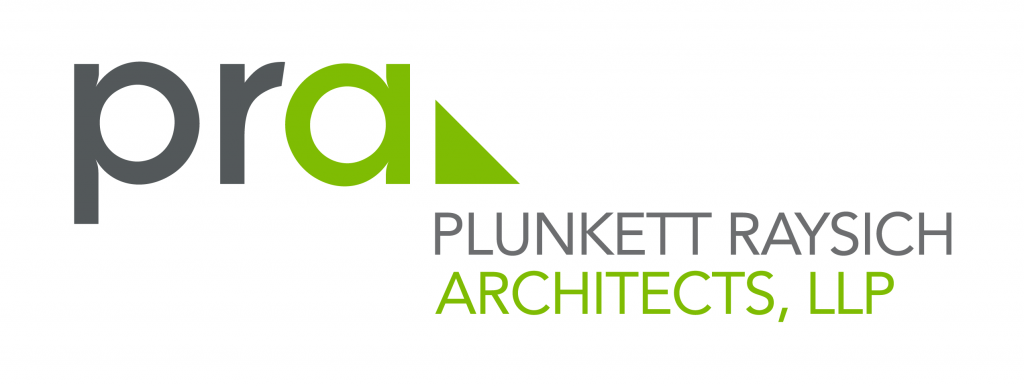Paul Stefanski, Senior Design Architect, LEED AP, EDAC, Eppstein Uhen Architects
You know the classic Johnny Cash song. It’s one of my favorites from the Man in Black. The other day I realized that Johnny’s struggles are analogous to the challenges we face as designers and healthcare administrators when undertaking “patient-centered” healthcare projects. On the one hand, we have the patient’s needs “on our mind both day and night.” However, we must also “keep our eyes wide open all the time” so we don’t forget the needs of physicians, staff, and administrators. Below are a few tug and pull scenarios that we commonly encounter in our practice. Maybe one or more of them sounds familiar to you:
- Surgeons request more operating rooms due to increased caseload. Digging into the data, it turns out that room utilization is below 50% due to cases being scheduled only in the mornings or on certain days of the week. A patient-centered approach is to expand scheduling hours rather than add more rooms. This gives patients more opportunity to have their procedure completed in a timely manner, and has the added benefit of reducing capital costs.
- Physicians request private offices in their new clinic. Once again, a few probing questions reveal that the doctors will spend very little time in these offices, but do need a place for an occasional private phone call or quick break. Providing a shared collaboration space where the doctors can work directly with their team, in close proximity to exam rooms, can reduce patient visit times. This in turn improves their experience and their perception of the facility. Additional shared off-stage spaces, such as a break room, phone room, or virtual visit room, can complete the transition away from the private office model.
- If you ask most physicians, they would prefer to have a consistent work location and schedule, but more and more we are hearing about how patients want access and convenience; these two factors are playing a large role in patient loyalty. Having locations dispersed in the community may cause increased Physician travel, but for the patient it provides easier access in the communities they live in, with close parking options and moderate sized buildings that are easy to navigate. In a market that is increasingly being driven by consumer preference, this is a win for healthcare organizations.
Walking the Line between “Physician-centered” to “Patient-centered” care can be a difficult task. Let’s face it, change is hard, and making the pivotal conversion means coming up with new ways of doing things. These changes may result in staff turnover, but ultimately it is towards the goal of a truly positive patient experience, an outcome that we know will make a difference in the bottom line. It’s difficult to put a return on investment on a positive patient experience, but I do know it translates to improved loyalty, and improved loyalty translates to a longer relationship with your current patients and reduced patient acquisition costs. Now I would like to hear from you, what is the last “Patient-centered” decision you have made?






